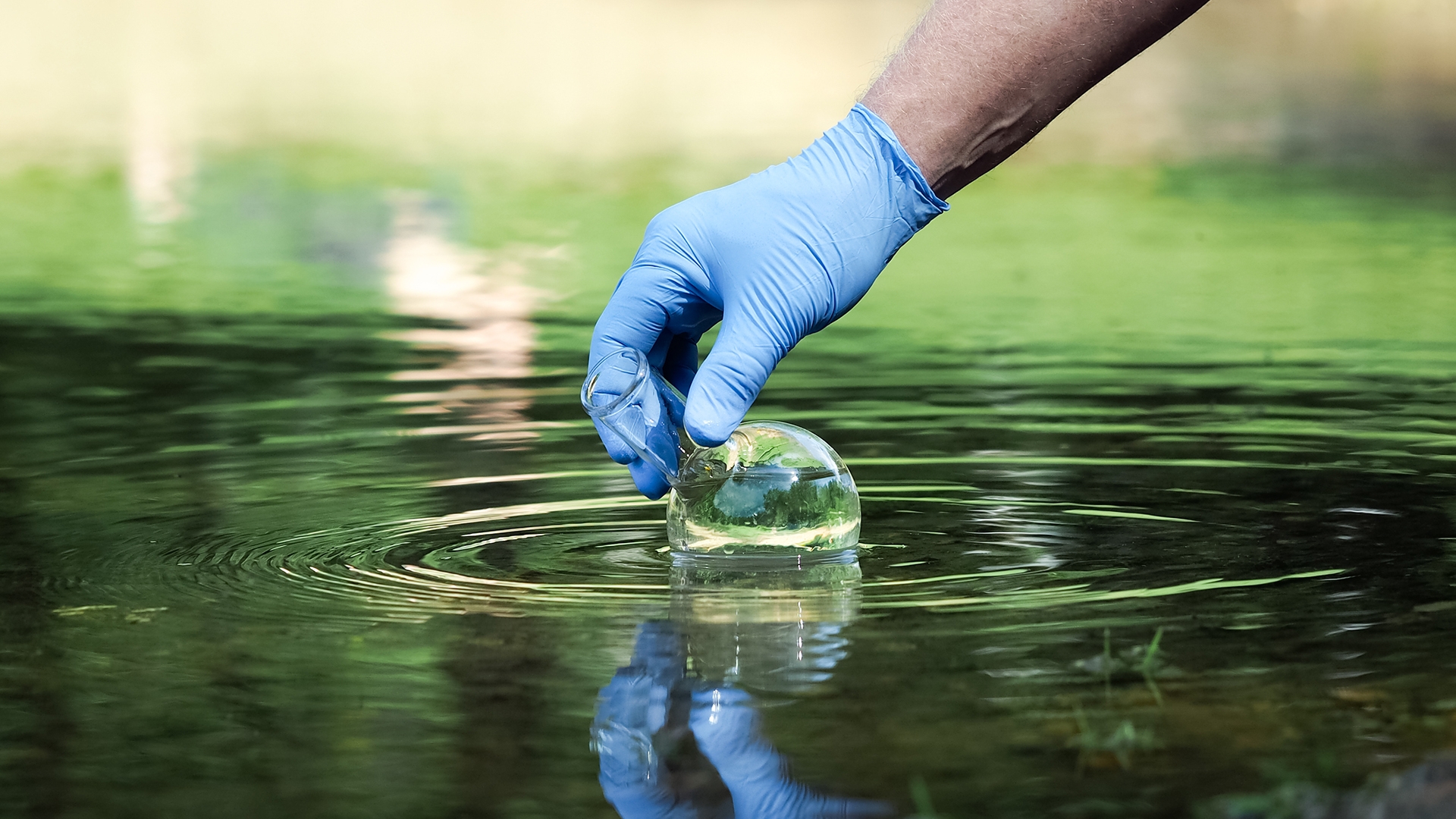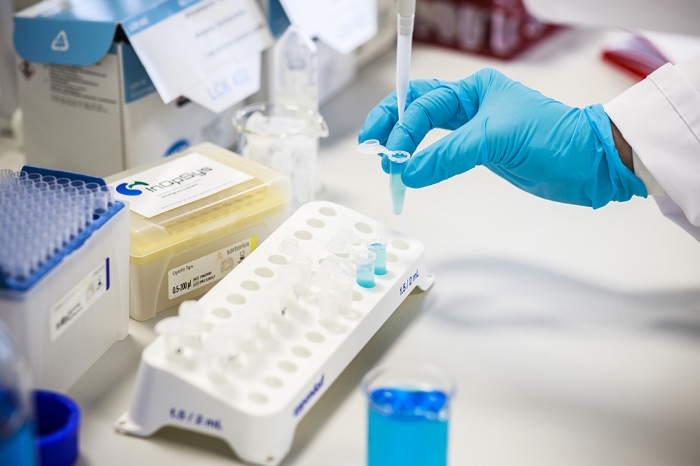... and how to remove them from side streams.

In October 2020, the EU published “Chemicals Strategy for Sustainability Towards a Toxic-Free Environment”. This long-term strategy sets the first step towards Europe’s zero pollution ambition. The main goal of this strategy is to protect humans and the environment from the harmful effects of pollutants, in particular PFAS, endocrine disrupting compounds, and mixtures of chemicals. Another document, “European Union Strategic Approach to Pharmaceuticals in the Environment”, stipulates the intention to reduce the risks posed by the pharmaceuticals in the environment. For the industry, it means phasing out the chemicals of high concern, stricter workplace rules, and naturally, lower discharge limits in the water.
Many of the above-mentioned chemicals are bioaccumulative and persistent. This means that the conventional wastewater treatment techniques, such as coagulation, UV, oxidation with ozone, biodegradation, etc., often prove inefficient in removing these chemicals. Creating a toxic-free environment requires a truly innovative approach to wastewater treatment challenges.
The multi-purpose treatment offered by Inopsys employs high-throughput caging technology based upon similarities in the physicochemical properties of the chemical pollutants. We provide tailored solutions for the up-concentration of persistent chemicals to such an extent that they can be eliminated by high-temperature incineration, thereby preventing leakage to the environment. The caging technology significantly outperforms the benchmark activated carbon in terms of costs, efficiency, and treatment time. The cutting-edge materials used in the caging technology can be regenerated, ensuring a sustainable treatment train.
chemical substances that interfere with normal hormonal activity in living organisms. For instance, bisphenol A, used in plastic production, is a known endocrine disruptor.
Organohalogens, including chlorinated, brominated, and fluorinated compounds. These compounds are formed during wood pulp bleaching in paper production processes.
Is a group of chemicals that are resistant to degradation in the environment and accumulate in the food chain. They are produced during high-temperature industrial processes, such as waste incineration or pesticide manufacturing.
Substances, which are called “forever chemicals” due to their strong carbon-fluor backbone. They are used in non-stick coatings and water-, grease- and stain-resistance products.
Agrochemicals play an essential role in protecting crops from weeds, insects, and diseases. Some of the agrochemicals used in the 20th century, such as DDT, resist biodegradation and spread out in nature.
Inopsys proposes an optimal combination of technologies for designing and implementing the mobile treatment installation at the partner’s production site, based on the industrial side stream composition. Instead of the costly transportation of the whole toxic stream to the incineration station, the mobile unit efficiently treats the water on-site.
We are really eager for new environmental and engineering challenges in the area of circular and sustainable water treatment.

- article by vrtnws.be